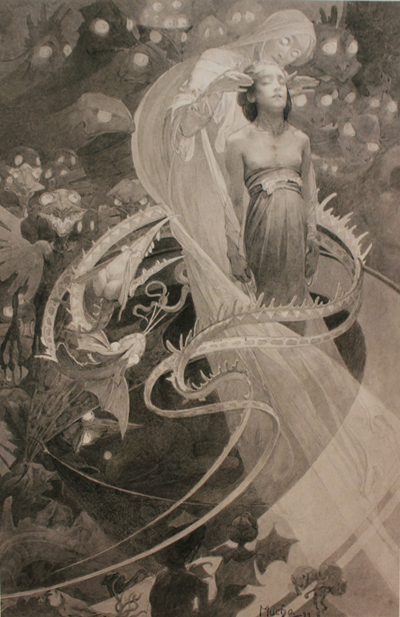

The movement wants to a see a cultural transformation by “encouraging millions to speak out about sexual violence and harassment,” according to the movement’s website. It is, she says, “the start of a larger conversation” and a space for “community healing” for all. Their goal is to continue adding more resources for survivors by “providing leadership training and development, and guidance for the community around community action.”Īnd Burke wants people to understand that the MeToo movement is more than just a hashtag. Right now, they are working on scaling up their organization and resources to meet the outpouring of demand they are experiencing. “We are doing it from a framework that’s central to survivors, and to make sure the most that marginalized among survivors have access to resources that will help them cross the human journey.”Īlthough the #MeToo movement had already been around for years, it finally gained national attention after allegations of sexual assault and harassment by Hollywood producer Harvey Weinstein started a crusade within the industry to speak out.īy focusing on healing and survivorship, Burke hopes to create a community of survivors who move forward together. The #MeToo movement had already been around for years before it started gaining national attention after allegations of sexual assault and harassment by Hollywood producer Harvey Weinstein began dominating the headlines.
#TIME UP MOVEMENT HOW TO#
“And it is a framework for how to do the work of ending sexual violence.” “This is a movement that deals specifically with sexual violence,” Burke said.

TIME spoke to #MeToo founder Tarana Burke and Christy Haubegger, a Creative Artists Agency executive who helped start Time’s Up, about what they see as the similarities and differences between their two organizations. By shining a light on the women whose efforts got the movement off the ground, TIME acknowledged the profound influence of women like Rose McGowan and Ashley Judd on the year’s news, and their unprecedented ability to enact rapid change.Īlthough they overlap, there are distinct differences between the #MeToo and Time Up’s organizations and the movements fueling their formation. TIME magazine named The Silence Breakers as the 2017 Person of the Year, honoring not one individual, but all of the women involved – and the cause as a whole.

The culture shift has been palpable - for the first time ever, the world has been put on notice that these once-fledgling women’s movements were not to be ignored. The #MeToo movement has become a worldwide phenomenon, searched for on Google in 196 countries in the past year. The groundbreaking anti-sexual assault and women’s empowerment movements #MeToo and Time’s Up upended the public conversation about women’s issues around the world, and elevated the global consciousness surrounding the obstacles women encounter in their daily lives, both personal and professional. Thursday, March 8 is International Women’s Day, but 20 could each arguably be called the year of women.

Christopher Polk – JumpLine/ Getty Imagesīy Alix Landgone, Updated March 22, 2018, Originally published March 8, 2018 Costume designer Ane Crabtree attends the Costume Designers Guild Awards at The Beverly Hilton Hotel on Februin Beverly Hills, California.


 0 kommentar(er)
0 kommentar(er)
